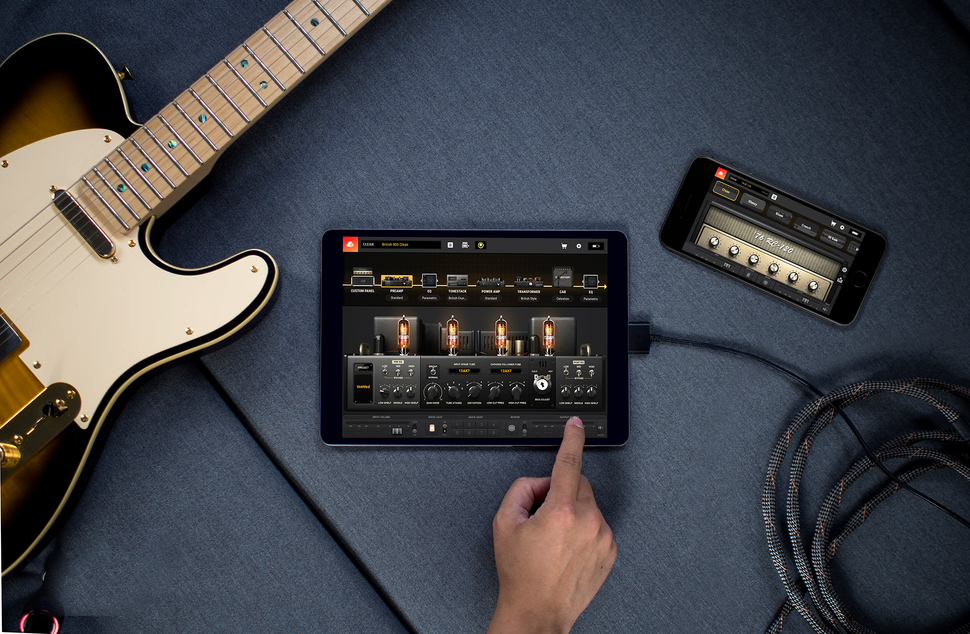

The stage has done its best to amplify the signal as cleanly as it can but has reached its limit, which has altered the output signal. When a gain stage can no longer accurately replicate your input signal perfectly, you’re in a state of overdrive.įigure B illustrates a 0.5 volt signal injected into a gain stage. Unfortunately, this can never be the case. In an ideal world, you would be able to inject any size signal into the stage and receive a signal that was identical in every way other than its increased amplitude.


They have limits and, if pushed beyond them, begin to fall apart. It could be a transistor commonly found in simple, clean boost pedals and the like – they all increase the size of your guitar signal, just in different ways. If you were to double the size of the input voltage to 0.2 volts, your output voltage would still be 40 times that, now eight volts. That value will remain the same, and is dictated by all the components in the circuit, the HT voltage applied at R4, and the valve model itself. You can then say that this amplifier stage has a gain factor of 40. In this example of a typical amplifier input stage, an input signal of 0.1 volts is amplified to four volts – an increase of 40 times At this point, you can see that the signal has increased in size (or amplitude) from 0.1 to four volts, a 40-times increase. The signal is then amplified by the valve and exits by the anode at the top via C2. The guitar signal enters on the left, passes through R2 and into the control grid of the valve (V1). This is the measure of how much a gain stage amplifies a signal, and is expressed as a factor.įigure A shows a typical input stage found in most guitar amplifiers.

But there are important distinctions to be made here.įirstly, let’s turn up the gain – or, more precisely in the audio world, the voltage gain. Thanks in part to the questionable labelling of control panels and the blossoming boutique-pedal market, we seem to be using these terms interchangeably increasingly often, while any true understanding of what they mean (or meant) is slipping away. You are correct, these three things are indeed different. Surely there’s a difference?Ĭhris Fantana: Many thanks for getting in touch, Tony, and what a great question. Everyone seems to use the terms gain, overdrive, and distortion interchangeably. I’ve long been confused about a subject that you can hopefully shed some light on.


 0 kommentar(er)
0 kommentar(er)
